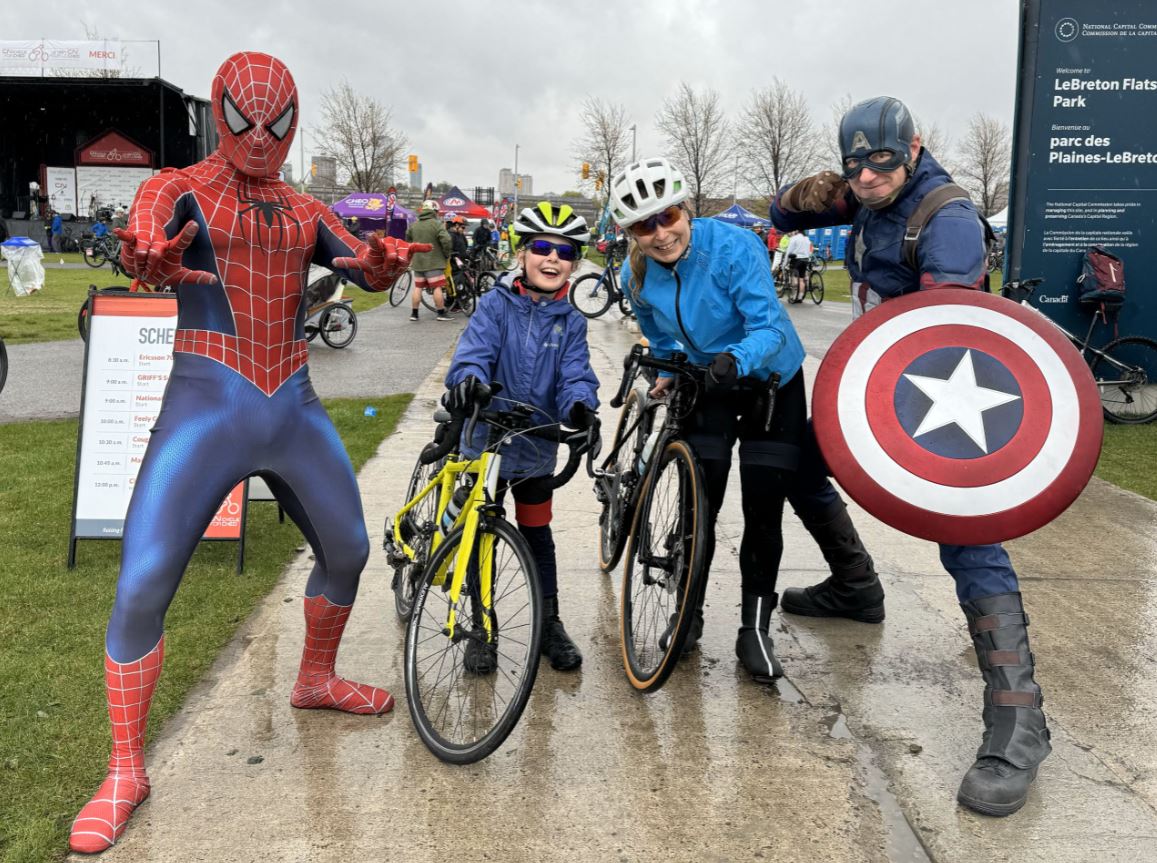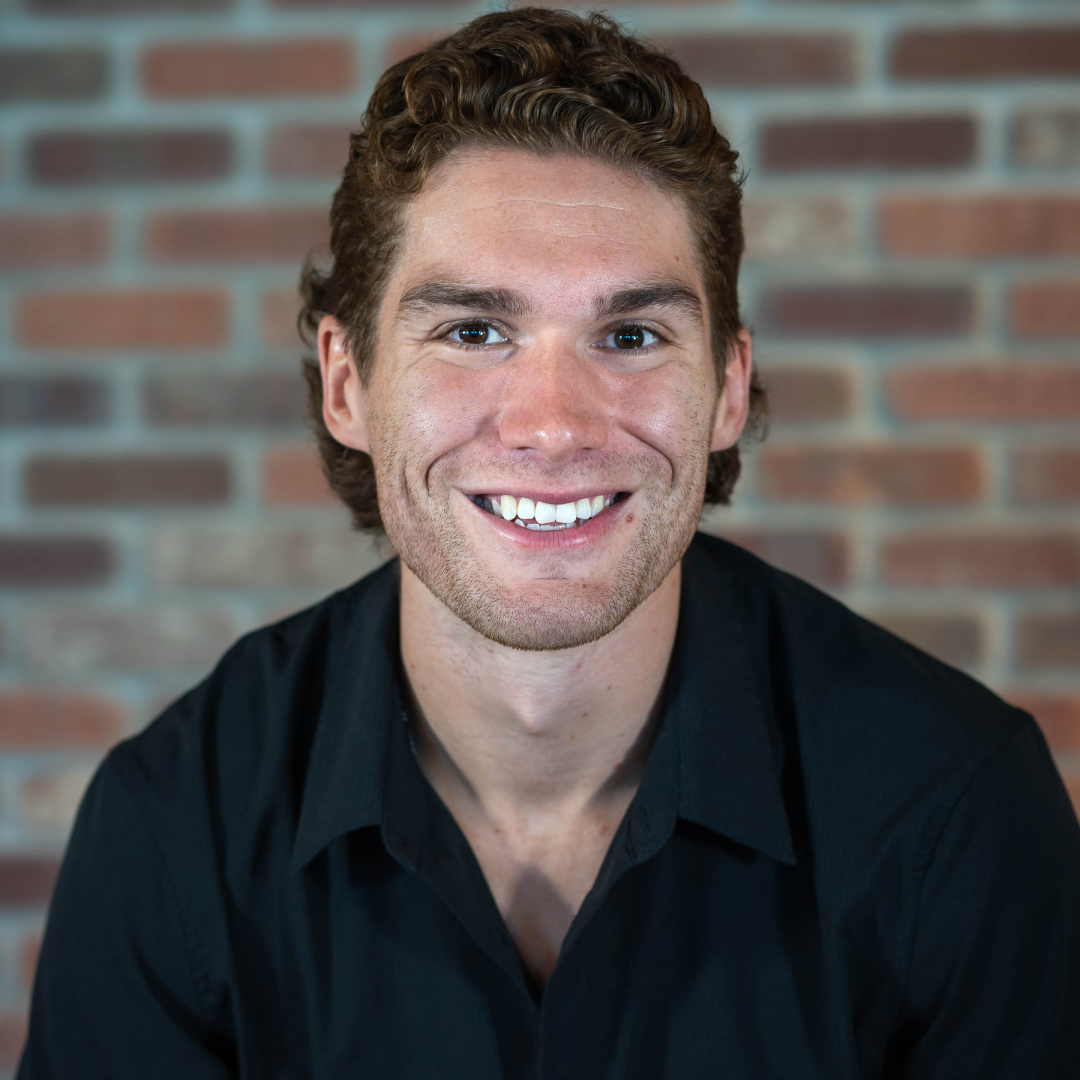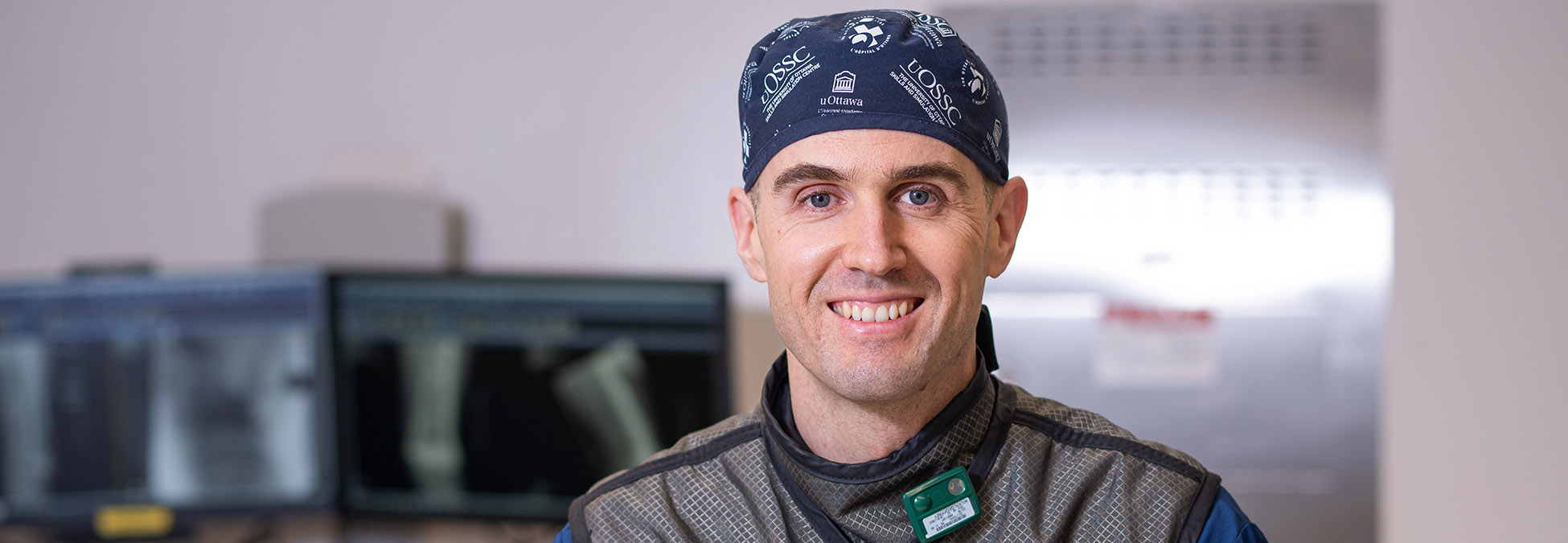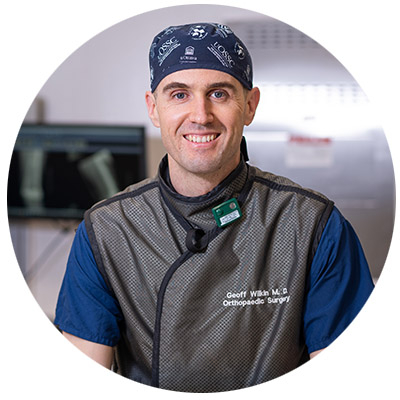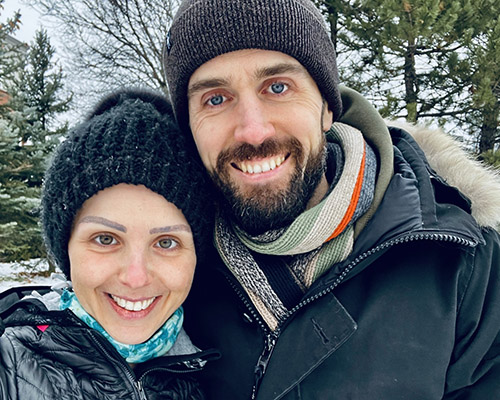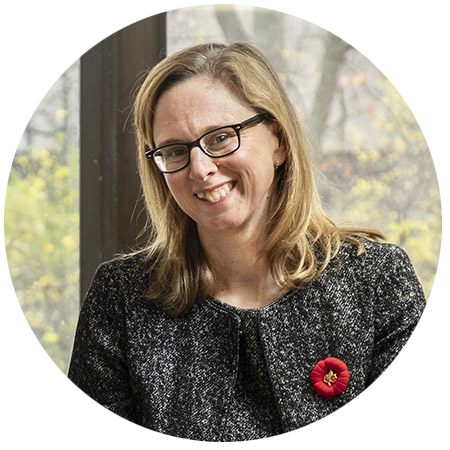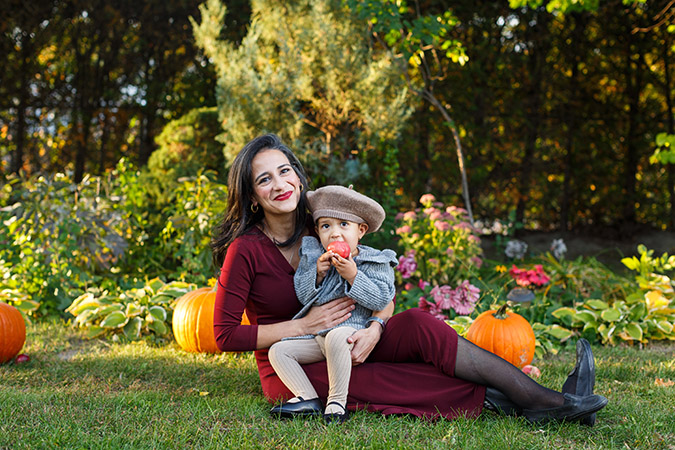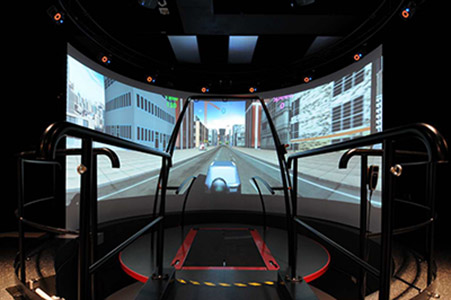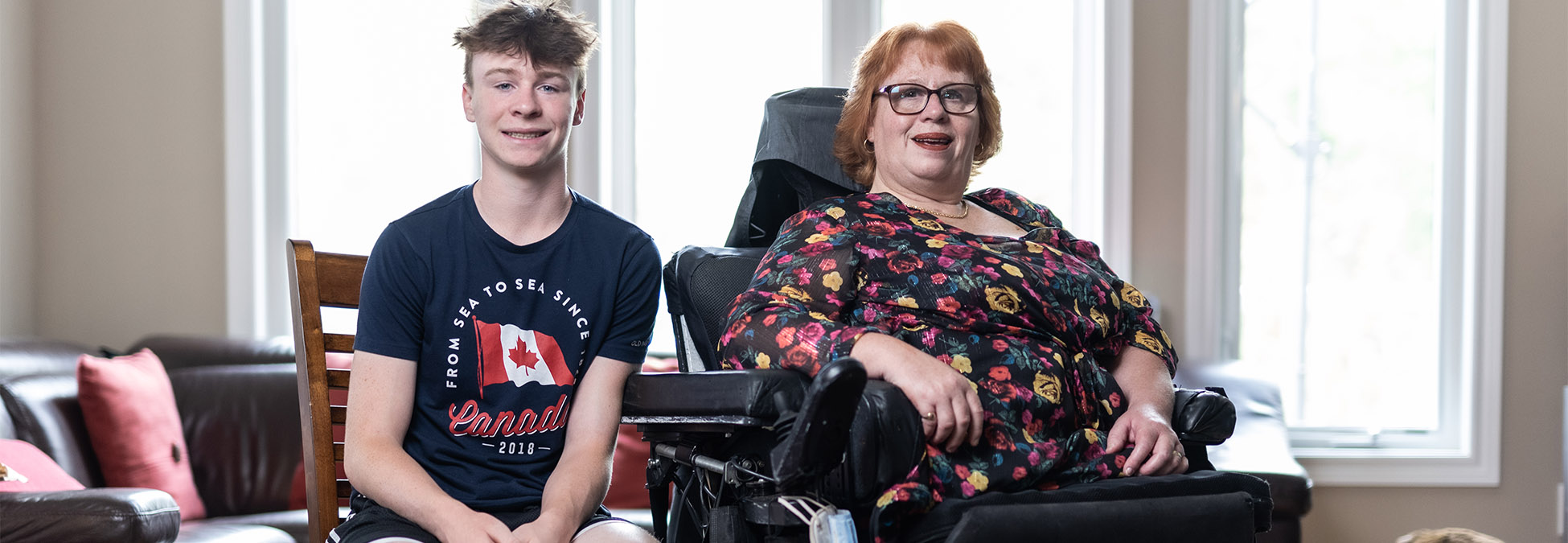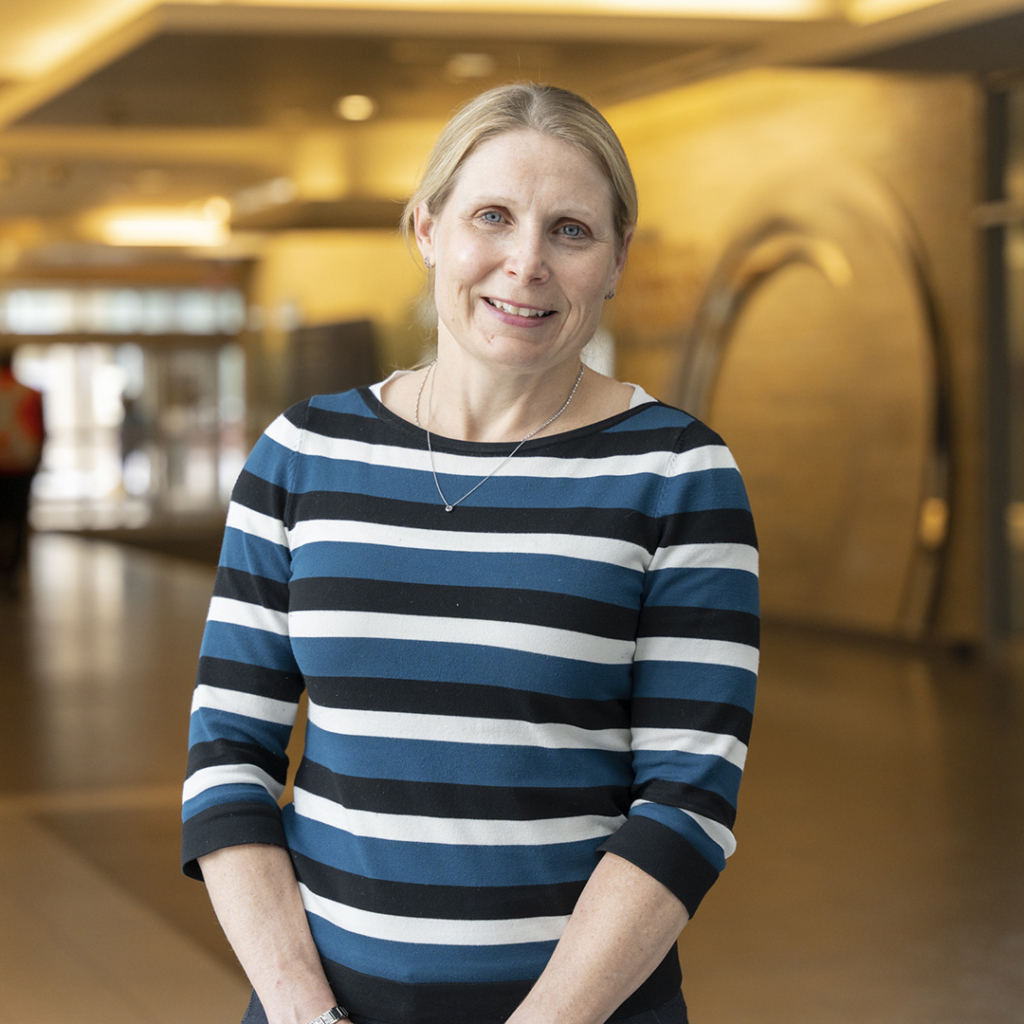
When a trauma case bursts through the doors at The Ottawa Hospital, it’s Dr. Jacinthe Lampron’s team taking it on. As the Trauma Medical Director and a Clinical Investigator, Dr. Lampron is constantly working on improving our trauma care — whether directly with patients or through her quality improvement research.
When every second counts, Dr. Lampron is the one counting them out as she delivers lifesaving care every day.
Keep reading to find out what drew Dr. Lampron to trauma, what she learned in Afghanistan, and what she might have been had she not pursued medicine.
Q: What were your early years like?
A: I was born in the area of Trois-Rivières in Quebec, and I was raised in Nicolet on a dairy farm. It was a lot of work, but I tried my best to help my parents. It was a bit challenging for a child or teenager because I was far from the city and extracurricular activities — I was into swimming, hiking, and rock climbing. But I also had so much space to run around and experience other things, like driving a tractor.
In school, I enjoyed everything around science. In CEGEP, I studied biochemistry, math, physics, and biology. I loved to learn and to try and understand things or solve the equations.
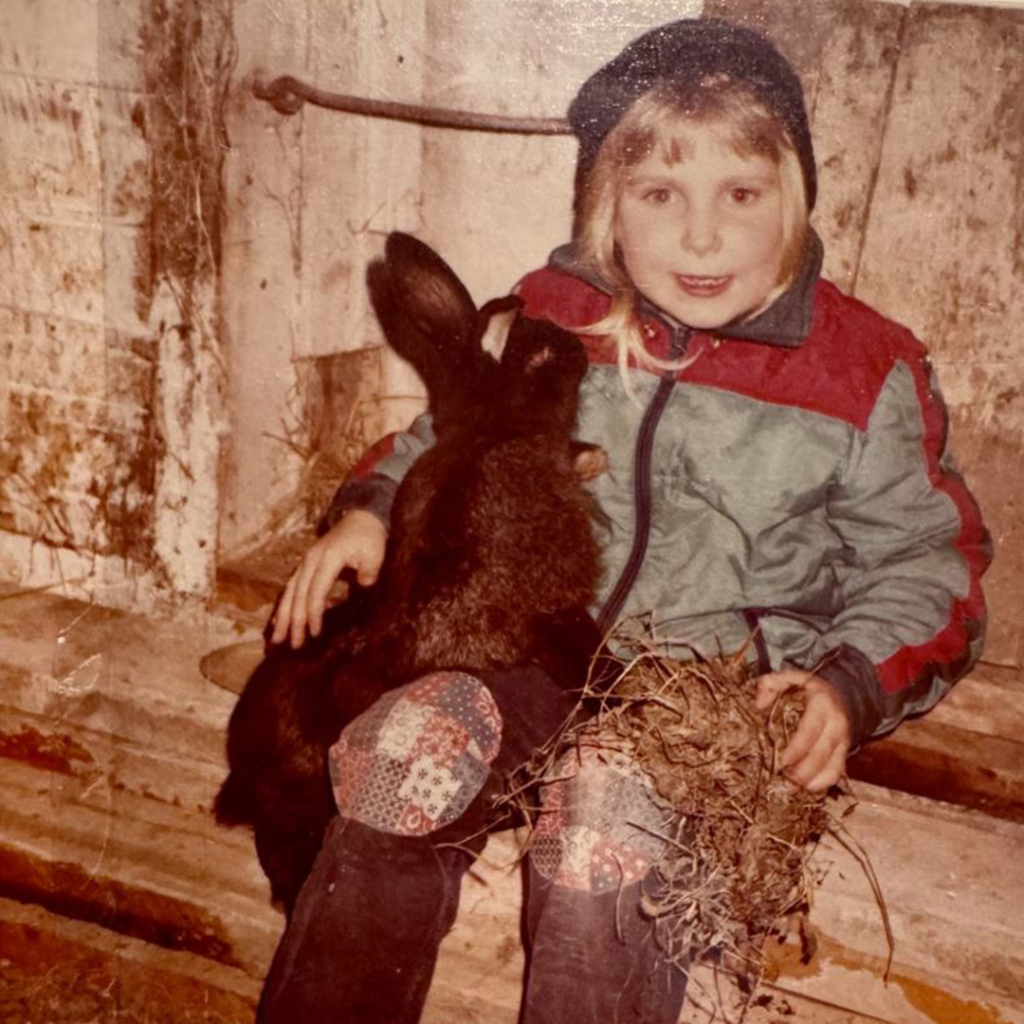
Q: What did you want to be when you grew up?
A: When I was four, I wanted to be a florist. At the farm, we had a big vegetable garden and a big flower garden. My grandmother lived next door, and I spent a lot of time with her. We would look at flowers, and my first name — Jacinthe — is a type of flower. I suppose I became interested in flowers then.
Q: How did you wind up pursuing medicine, and becoming a general surgeon in trauma?
A: In terms of medicine, it was a progression. Things were going well at school and at CEGEP, and some of my friends said, “Well, why don’t we try medicine?” I didn’t know that much about it yet, but it sounded interesting, challenging, and it would help others, so I applied.
Then, as a medical student, I enjoyed all the topics. I remember thinking, “Oh man, I don’t know what I’m going to pick as a speciality!” We started clinical rotations, and my first was in general surgery. It was very exciting to really see what it was to be at the hospital, seeing patients, and looking after them. I didn’t know anything else yet, because it was my first rotation. But none of the others hit the spot. At the end of the year, general surgery was the rotation I had the most fun in.
I remember I was working with this brilliant team of aspiring, motivating residents. I’m still very fond of them all, and when I interact with them professionally, I’m still in awe.
Q: Can you tell us about your two tours in Afghanistan as a civilian physician and how it affected your approach to medicine?
A: It felt very different. The OR was not as technologically advanced as ours here, but there was everything I needed to do surgery and help injured people. The hospital was made out of sea containers and plywood, with big cement blocks to prevent rocket attacks!
The military base was quite large, close to 10,000 people all living there, and multinational. It was so interesting to see so many different countries in the same place at once. Military personal on the base had to wear a weapon, but everyone had to wear a frag vest, a type of body armour. Every once in a while, there would be a rocket attack — an alarm would sound, you’d go to the bunker, and you’d wait for the “all clear.”
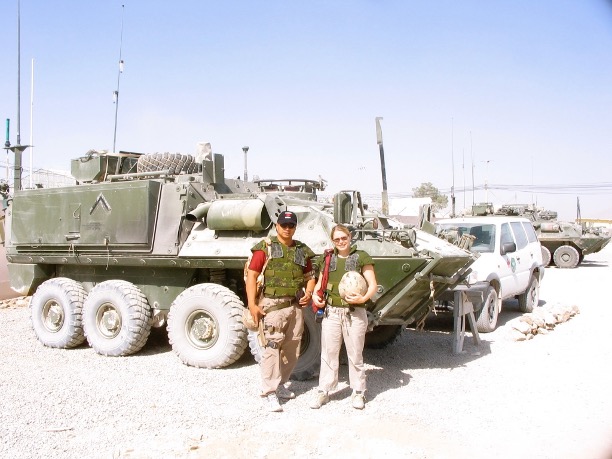
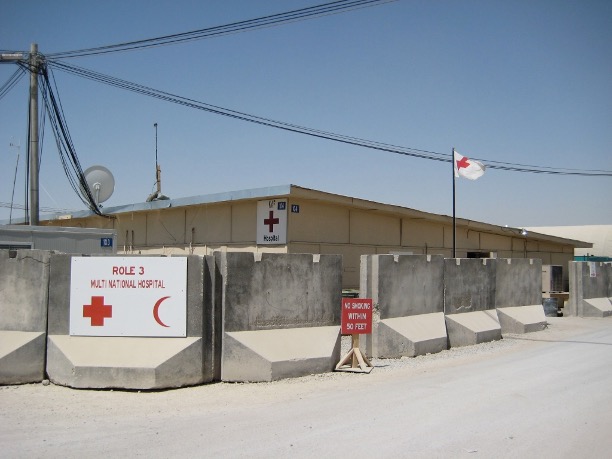
Obviously it was very tragic and dramatic, and I can’t say I was feeling joy in the middle of the war, but I was pleased by the work I was able to do. I learned that we could do surgery with not that much.
Trauma care evolves with war, so the Afghanistan conflict brought new concepts that were then translated to civilian care. For example, it changed the way we do resuscitation: we moved towards using more blood products instead of crystalloid solutions. And while the use of tourniquets has waxed and waned over the years, Afghanistan showed us it’s quite advantageous to save lives, so we’re using them more often now.
Q: What’s something interesting about trauma care?
A: Our team lives at the pulse of the city and society. When it’s Canada Day, we’re on standby because we know a lot is happening. When it’s autumn, and everyone is putting their Christmas lights up, unfortunately, we know many people will fall. When it’s May, and motorcycles are just getting out on the road, we know we’re getting crashes. We live through the seasons and what’s happening.
Q: You worked on Brandon Peacock’s case, where he was an innocent victim of a drive-by shooting. What made that case unique?
A: It was a very intense episode of care. His injury was a penetrating trauma, and those are high-intensity, especially if there’s a blood vessel injured. When that happens, the person can bleed out within minutes. Caring for an injury like his requires a lot of resources: having blood available for transfusions, having the operating room ready, having a team available and ready to perform all the tasks needed for resuscitation. Everyone moves fast, everyone needs to know what they’re doing, and that’s how we save people. We have a system in place and a team ready to go; that’s why trauma patients do better at trauma centres.
Q: In your role as a clinical investigator at the Ottawa Hospital Research Institute, what are you currently working on?
A: I work on the quality improvement angle of trauma. We look at our performance indicators, and if we’re not performing at the level of our peers, we dissect the data and look at what we can do to try and make it better. Then we’ll do a quality improvement project and see if it improves. I also work on improving the trauma system, which means facilitating the flow of patients and processes.
Research like this means patients will receive better quality care.
Q: How does having the most technologically advanced facility make a difference to your work?
A: Trauma mostly needs a well-trained team that’s going to do all the work together. The new campus is going to allow this by providing state-of-the-art ORs, access to the best technology, and space for video-recording and simulation to train the team members. The other big thing is the new heliport: instead of crossing the street, as we currently do, they can land on the roof. This is critical, because in trauma, every second counts.
Q: What would we find you doing when you aren’t at the hospital?
A: On my bicycle, running, baking, or spending time with my nine-year-old daughter.
